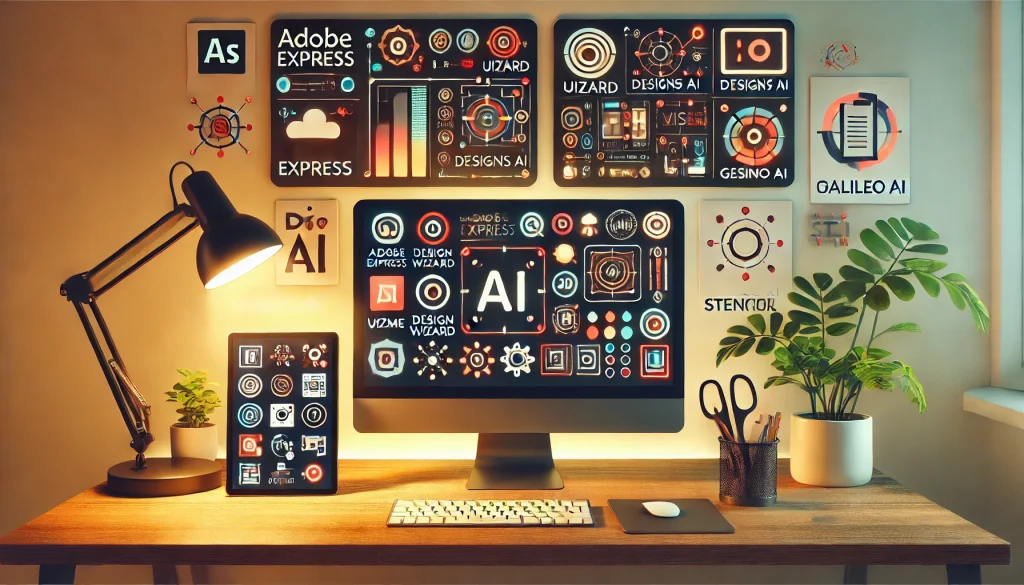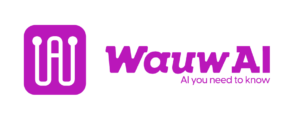
In today’s fast-evolving digital landscape, designers and content creators rely heavily on AI-powered tools to streamline and enhance their creative processes. These tools make it easier than ever to produce high-quality graphics and designs without extensive experience or complex software. Here’s a look at some of the top AI-driven design tools—what they do well, where they might fall short, and how they can fit into your creative workflow.
1. Adobe Express
- Overview: Adobe Express (formerly Adobe Spark) is a user-friendly design tool ideal for creating quick social media graphics, presentations, and other multimedia content. With Adobe’s AI-powered Creative Cloud at its core, it provides easy access to templates, stock photos, and effects.
- Pros: Adobe’s AI features help suggest layouts, color palettes, and templates. It integrates seamlessly with other Adobe products, making it ideal for existing Adobe users.
- Cons: Its capabilities are slightly limited for advanced designers who need more control, and some advanced features require a Creative Cloud subscription
2. Uizard
- Overview: Uizard is an AI-powered design tool primarily for creating UI and UX designs. It’s known for its rapid wireframing capabilities, allowing users to transform hand-drawn sketches into digital prototypes instantly.
- Pros: The AI-driven sketch-to-design feature is groundbreaking, making it especially useful for UX/UI designers looking to speed up the ideation phase. It’s intuitive, requiring minimal design expertise.
- Cons: Uizard focuses more on wireframes than full-scale designs, making it less ideal for comprehensive visual branding.
4. Visme
- Overview: Visme is a robust tool for creating presentations, infographics, social media graphics, and more. Its AI-driven features offer suggestions for color combinations, design layouts, and data visualization.
- Pros: Visme’s diverse functionalities and collaboration tools make it ideal for team projects, and its vast template library caters to a wide range of industries.
- Cons: The platform can feel overwhelming with so many features, and it’s slightly pricier than other tools.
5. Designs.ai
- Overview: Designs.ai combines multiple design functionalities in one platform, including logos, videos, social media graphics, and voiceovers. Its AI-driven tools allow users to create consistent branding across different formats.
- Pros: The AI-generated branding kit is a standout feature, simplifying the brand creation process. Designs.ai is suitable for small businesses that need cohesive branding but lack in-house design resources.
- Cons: Some designs can feel template-like, so those seeking a unique brand aesthetic may want additional customization options.
6. Galileo AI
- Overview: Galileo AI is a new and innovative AI-driven design assistant that helps designers create layouts, prototypes, and more. It combines machine learning with visual recognition to make intelligent design suggestions.
- Pros: Galileo’s AI tools save time by analyzing user behavior and suggesting improvements for UI and UX elements. It’s especially valuable for e-commerce and app designers who need user-focused layouts.
- Cons: As a newer tool, it still has some limitations in terms of integrations and advanced design features.
7. Stencil
- Overview: Stencil is a lightweight design tool geared toward creating social media graphics quickly. It’s built with marketers and business owners in mind, offering AI-driven suggestions to enhance visuals.
- Pros: Stencil’s simplicity and focus on social media make it ideal for quick, effective designs without a steep learning curve. The AI-based suggestions are helpful for optimizing layouts for engagement.
- Cons: It lacks depth in terms of functionality for advanced design work and is limited primarily to social media graphics.
Which Tool is Right for You?
Each of these tools has its strengths and limitations, making them ideal for different creative needs. For instance, if you’re heavily involved in UX design, Uizard or Galileo AI might be better fits, while Visme and Designs.ai are better suited for more comprehensive brand-building and data-driven visual storytelling.
Regardless of your choice, these AI-driven design tools bring significant speed, accessibility, and convenience, reshaping how we approach visual content creation.

